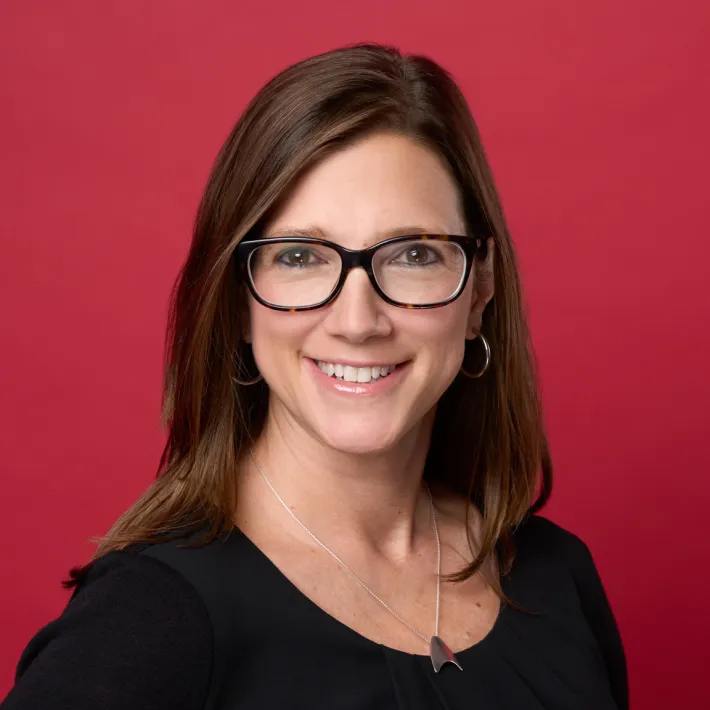After a world war with devastating consequences and loss of human life seventy-five years ago, governments declared that human rights belong to everyone. The Universal Declaration of Human Rights (UDHR) affirmed hope and humanity, and underscored the universality of rights by mentioning ‘everyone’ 30 times. It grounded a more expansive human rights system that now includes migrants, indigenous peoples, and persons with disabilities – at least on paper.
But the reality remains far from this promise of rights. For example, less than one percent of Foundation funding for Human Rights Defenders includes people with disabilities (HRFN: 2019) and few protection organisations offer accessible emergency support or include disabled people at all. The exclusion of human rights defenders with disabilities weakens the integrity of human rights values, failing to meet the needs and rights of more than a billion people with disabilities around the world. It also undermines the effectiveness of the human rights system to protect human rights for all.
Human rights advocacy to ensure the rights of those most marginalized is often dangerous. Yet, safety, protection and emergency or long-term support for human rights advocates at risk rarely considers HRDs with disabilities or the relationship between human rights advocacy and disability. Perhaps we assume disabled people are not on the frontlines of the most urgent human fights? Or worry that the need to project power and persistence could be at odds with disability inclusion? The truth could not be further from either of these assumptions.
We live in a world where one in five people has a disability. Despite the limited inclusion of HRDs with disabilities in the movement, people with disabilities are already living in our communities and on the frontlines of human rights. Including people with disabilities in the protection of human rights defenders is more than just the right thing to do. Learning from the resourcefulness, creativity, and resilience of the disability community will strengthen existing HRD strategies and introduce new ways of working. Doing so would enable civil society to be more robust and representative.
‘The human rights movement must create the conditions where diverse people, including those with disabilities, can safely engage in spaces for public participation.’
To address this, The Centre for Applied Human Rights at the University of York, a thought leader on protection approaches and strategies for HRDs, has released a Guide on Protecting Defenders with Disabilities. Created with input from more than 70 defenders with disabilities, it shares approaches to supporting the activism, protection, and well-being of defenders with disabilities, especially those with psychosocial disabilities and cognitive disabilities.
Disability shows up in different ways in defending human rights. Leaders, such as Greta Thunberg may start out low key, but are fiercely persistent. The guide explains how often the experience of disability can lead to activism and vice versa. It sheds light on the heightened risks for HRDs with disabilities, emphasizing the need for heightened protections and inclusion.
Far from being less courageous or willing to sacrifice for the cause, HRDs with disabilities often take greater risks. For instance, as public participation manifests in protests on economic inequality globally, HRDs with disabilities are more vulnerable to heightened risk of physical and social harm. This was evident in Bolivia as the police violently repressed disability activists protesting poverty-level welfare support.
Disproportionate mistreatment of defenders with disabilities by law enforcement is common. Police often intentionally seek to disable protesters, whether it’s targeting eyesight as seen in Peru or using violent tactics to produce trauma from otherwise peaceful actions.
In navigating heightened challenges and risks, defenders with disabilities may avoid ‘high-risk forms of activism’. The human rights community’s sometimes narrow definitions of human rights advocacy can then lead to the exclusion of defenders with disabilities whose perspectives can open up new tools at a time when we desperately need disruption.
The human rights movement must create the conditions where diverse people, including those with disabilities, can safely engage in spaces for public participation. This means developing new ways of organizing that leverages the talents and contributions of those defending human rights. This could help address the exhaustion documented in the report that defenders with disabilities experience as they navigate ‘ableist ideas about human rights activism and expectations about behaviour’.
Our organization, The Ford Foundation, grounds its mission ‘in the inherent dignity of all people’. In 2016, we acknowledged the power that disabled people play in achieving justice and equity. With more than five years of disability rights grantmaking across thematic issues, we’ve seen the impact that disability inclusion can have on the movements we fund.
Ford’s human rights defenders’ funding is a tangible example of how including people with disabilities accelerates efforts to protect and promote human rights for all. By ensuring that persons with disabilities are leaders and thought partners in the most pressing fights of our time – whether it be climate justice, democracy, or gender-based violence prevention – we are fortifying our fight towards justice.
Gertrude Oforiwa Fefoame, the Chair of the UN Committee on the Rights of Persons with Disabilities wrote: ‘Human rights defenders with disabilities have great potential to transform the way human rights is understood and enacted. Their unique perspectives of their contexts, their creativity, their ways of navigating challenges and solving problems, enrich the way communities respond to human rights violations and violence.’
Ableist attitudes hurt all of us, yet we all benefit from the human rights fights that are fought by defenders with disabilities. It’s time for the human rights movement to pick up the historic debt of excluding disabled people and their role in fighting for justice, and deliver on the promise of the UDHR by giving them the recognition and protection they deserve.
Catherine Hyde Townsend is the Senior Advisor for Disability Inclusion at the Ford Foundation
Otto Saki is the Program Officer, Civic Engagement and Government at the Ford Foundation







Comments (0)